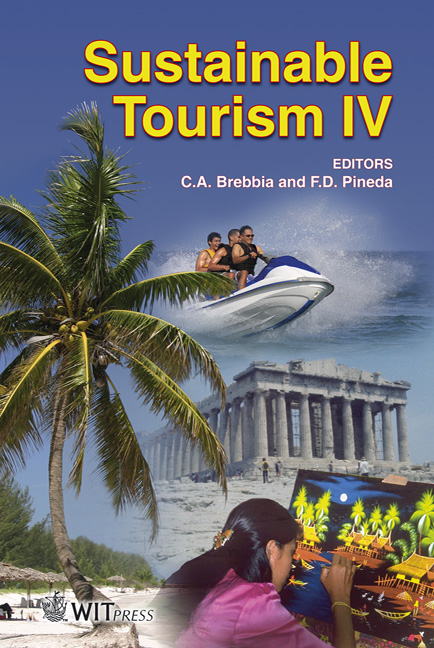Feasibility Analysis Of Collecting Environmental Protection Tax From Tourists In An Environmental Conservation Area: A Case Study Of Miyun County
Price
Free (open access)
Transaction
Volume
139
Pages
8
Page Range
275 - 282
Published
2010
Size
3,000 kb
Paper DOI
10.2495/ST100241
Copyright
WIT Press
Author(s)
Y. Li, L. Guo, W. Zhu & F. Chen
Abstract
During the last few decades, tourism has undergone rapid growth. However, in some areas, this industry has already destroyed the ecological environment seriously and upset the economic order. As an ecological barrier, an environmental conservation area is not only the support region to ensure the sustainable development of the city, but also the ideal space for citizens to enjoy leisure and recreation. Because of ecological importance, an environmental conservation area should pay more attention to environmental protection and restoration while developing its tourism industry. Collecting environmental tax is a necessity in the environment of a market economy, which is the main economic means to solve environmental problems. Miyun County is the water source of Beijing, and also an environmental conservation area. The ecological safety of Miyun County concerns the social stabilization of Beijing. By analyzing the impact of tourism and learning from the charge for protecting the environment, this paper suggests that the government of environmental conservation areas should collect environmental protection tax from tourists. Taking Miyun County as an example, the research results showed that tourists who supported the collection of an environmental protection tax while travelling in an environmental conservation area occupy 81.76% of the investigation number, and the tax rate should be equal to 9.34% of one-time-expenditure.
Keywords
feasibility analysis, environmental protection tax, tourism, environmental conservation area





